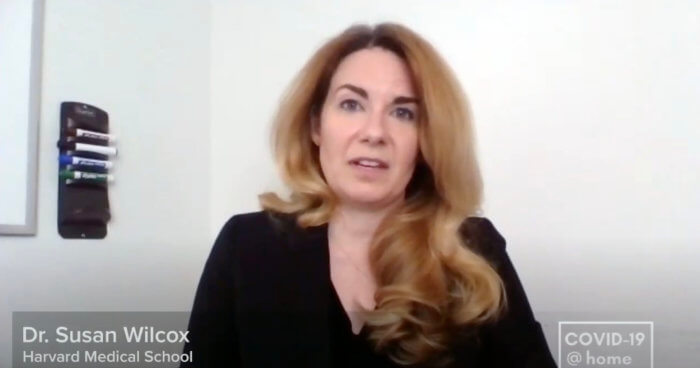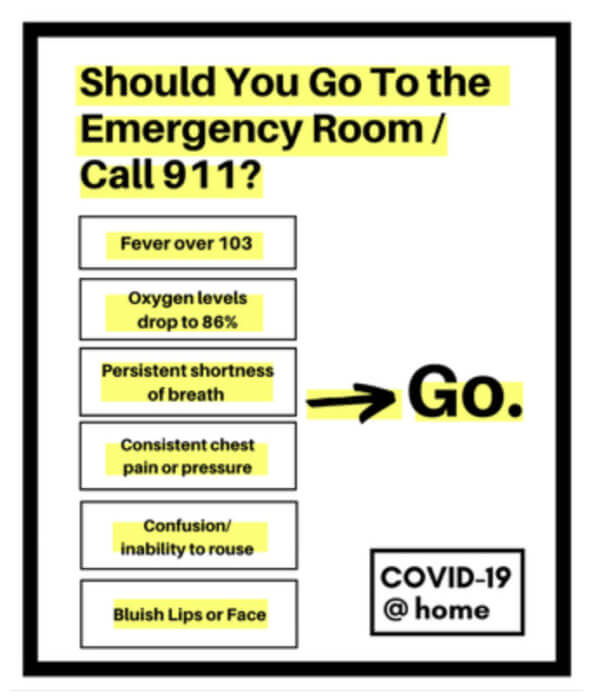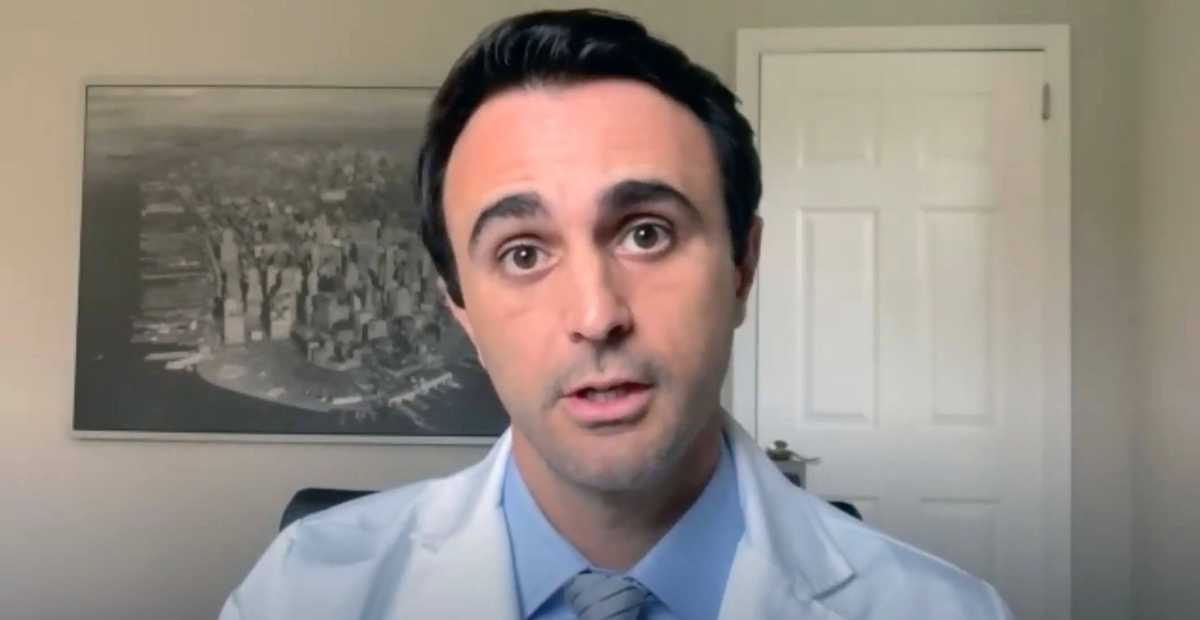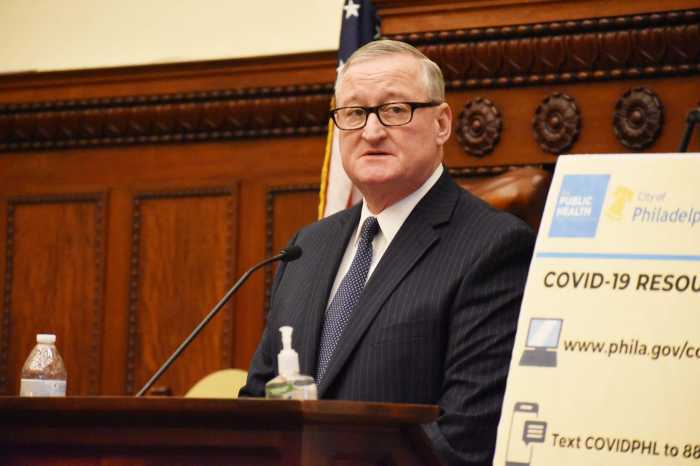“We’re trying to reach as many people as we can.”
That is the goal of Dr. Jose R. Torradas and his team’s newest initiative, COVID19@Home, a website dedicated to providing treatment information to patients suffering from coronavirus.
The online resource features more than 40 videos, as well as worksheets, checklists and information from medical professionals that can help those recovering at home ease symptoms and monitor their progress.
“We were finding that there wasn’t a good consensus of information available. One-in-three Americans were misinformed about basic tools and interventions you could do with your own symptoms,” said Torradas, a board-certified emergency physician based in Bucks County. “With this much disparity, we found there could be a benefit of having a site that is purely medical-evidence based. With testing being limited, we wanted to give people the tools they need at home to be able to care for themselves.”
The website, which launched in late April, was created by Torradas alongside Dr. Hank Taliaferro, Duke City Urgent Care; Dr. Leigh Vinocur, spokesperson for the American College of Emergency Physicians; Dr. Susan Wilcox, Harvard Medical School and the American College of Emergency Physicians. It is free to use and many of the videos are available in both English and Spanish.

Information includes how to prepare, track and manage the COVID-19 virus in your household, as well as when to go to the hospital. It is important to note that this guide is not a substitute for expert medical care. Those experiencing symptoms should contact their physician immediately, especially patients older than 65, those who suffer from diabetes, heart disease, cancer and other high-risk individuals.
Rather, COVID19@Home was designed as an online resource to help moderate symptoms while recovering at home and also help family members organize a plan of action if one person in the household contracts the COVID-19 virus. For example, deciding on an individual-versus-family quarantine, and which family member should care for the coronavirus patient directly. There are also tips on which personal protective equipment is most useful and how to prepare a hospital to-go bag in case of emergency.

The website was designed to be an information portal for all things COVID-19-related. Dr. Hank Taliaferro offers a video and extensive information on “How To Recognize & Track COVID-19.” This section includes a detailed description of common symptoms many with the virus have experienced and how to properly track and manage these symptoms.
“I think those who are more proactive in managing mild symptoms will tend to have better outcomes,” said Torradas. “When a person feels sick, the natural response is to stay in bed. The truth is that a positive mental outlook helps, but also simple things like getting out of bed, making sure you’re doing breathing exercises, keeping oxygen levels up, staying hydrated, these simple interventions can be quite effective.”
COVID19@Home has been well-received since its launch with more than 30,000 pageviews. Torradas hopes the site continues to help coronavirus patients, their families and caregivers by providing reliable information and expert advice. This is especially valuable in a highly-populated location like Philadelphia, where cases have increased to 18,779 as of Wednesday afternoon.
“The stay at home orders, while they seem aggressive— given how highly contagious this virus is—the reason we had to do this is when it wasn’t being done that way, the numbers of people who were getting sick went through the roof,” he explained. “Also, Philadelphia has a lot of features you would see in New York City—population density, it’s hard to isolate, tight households—it’s very easy for a virus to quickly spread through a city.”
For more information, visit covid19athome.org.



























